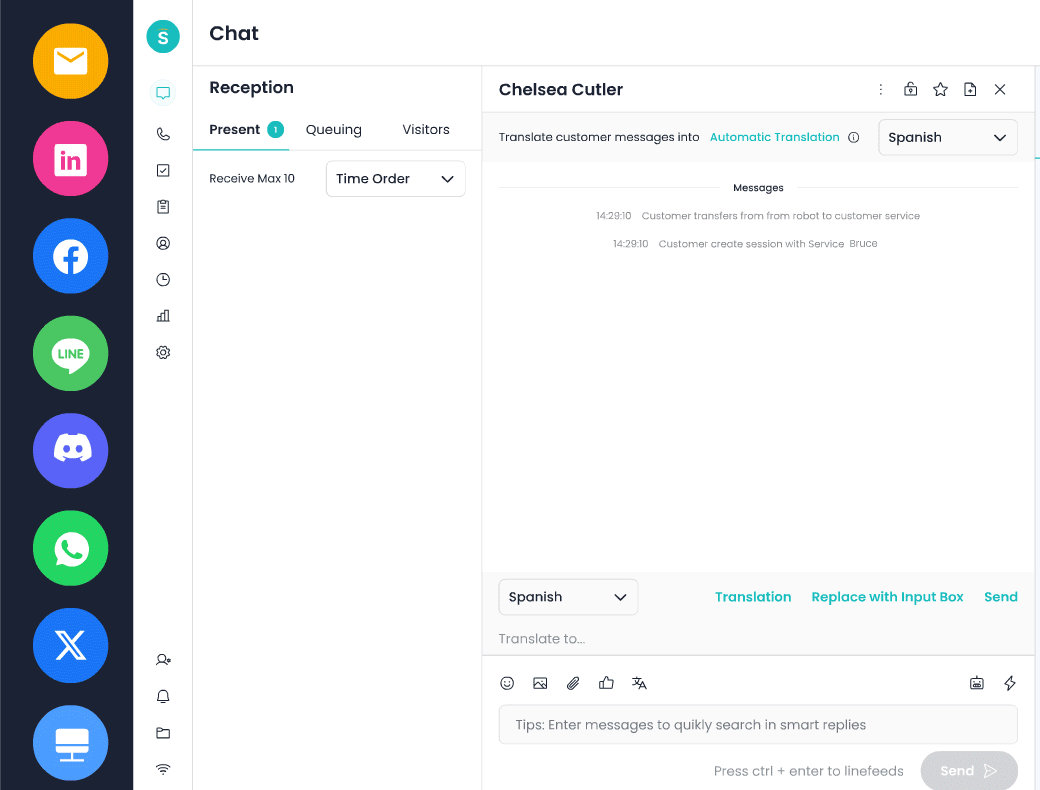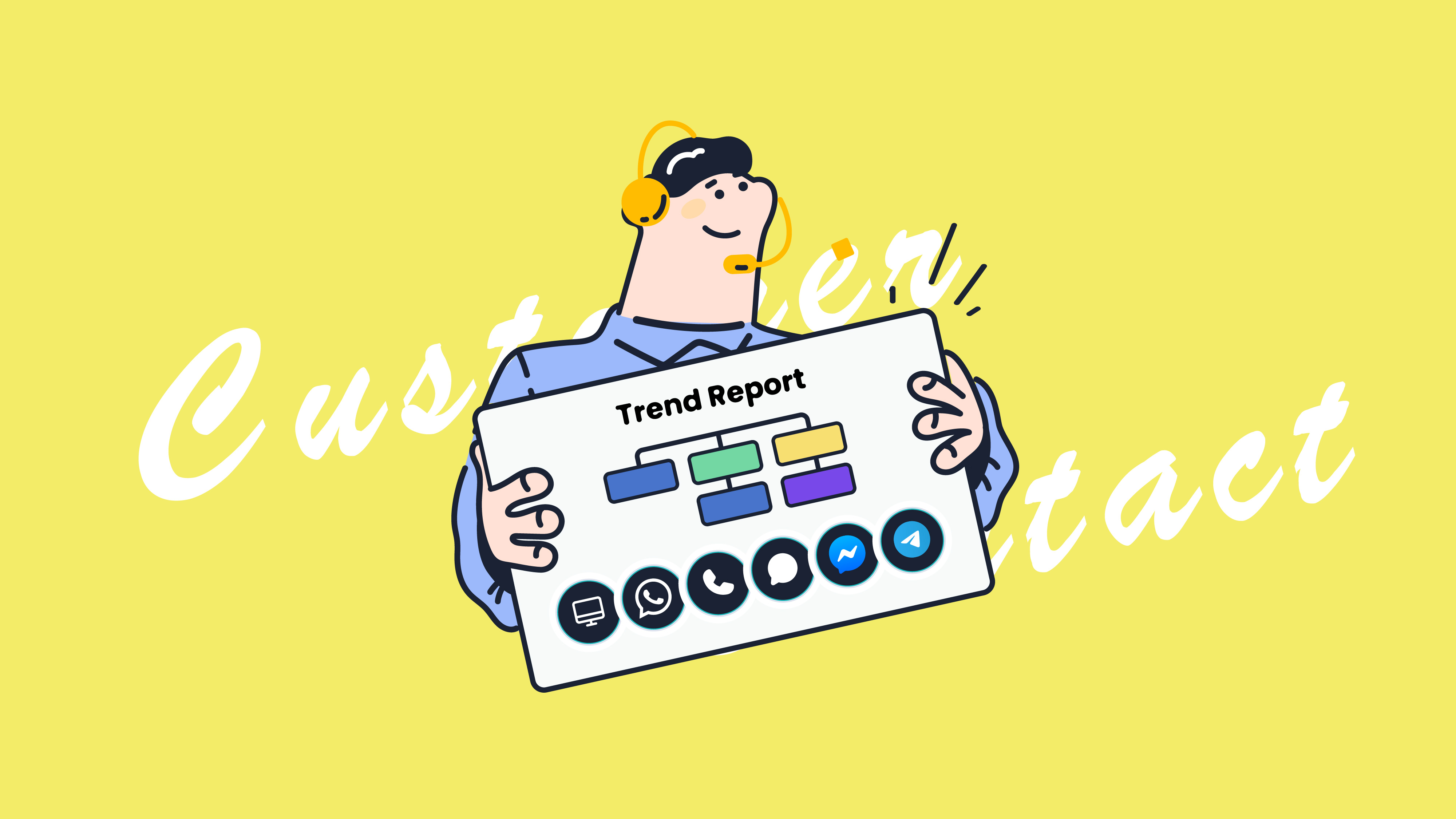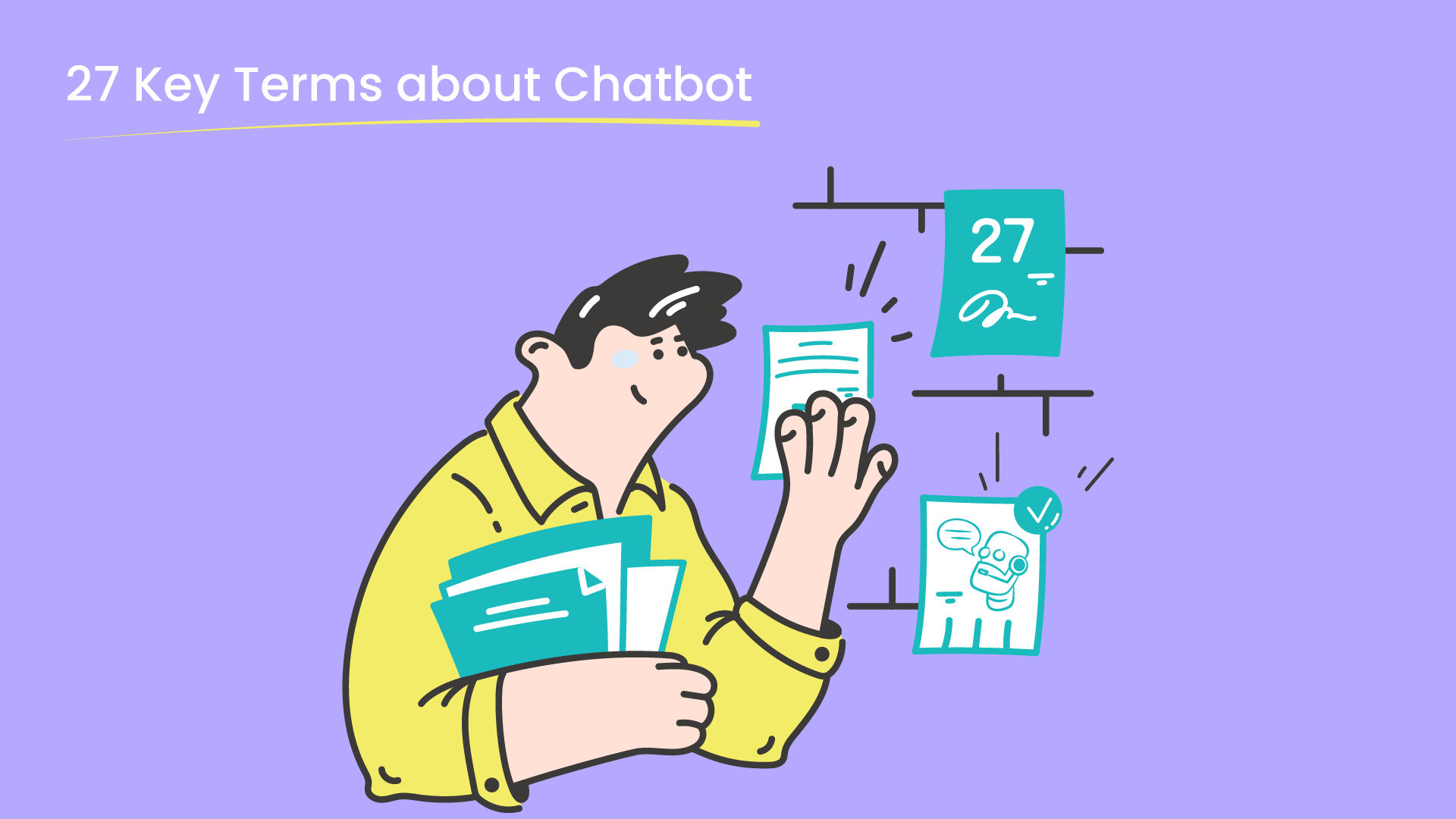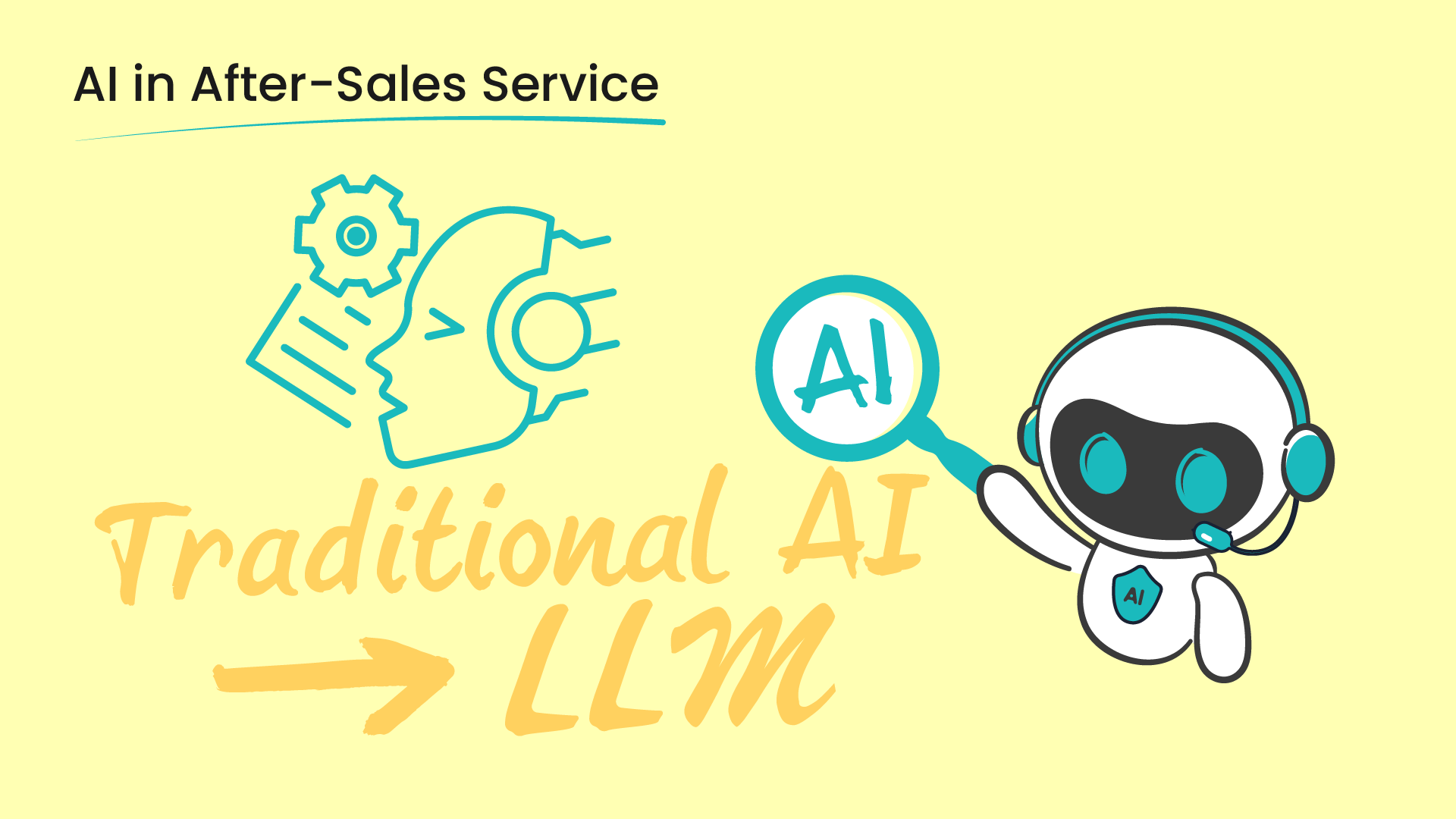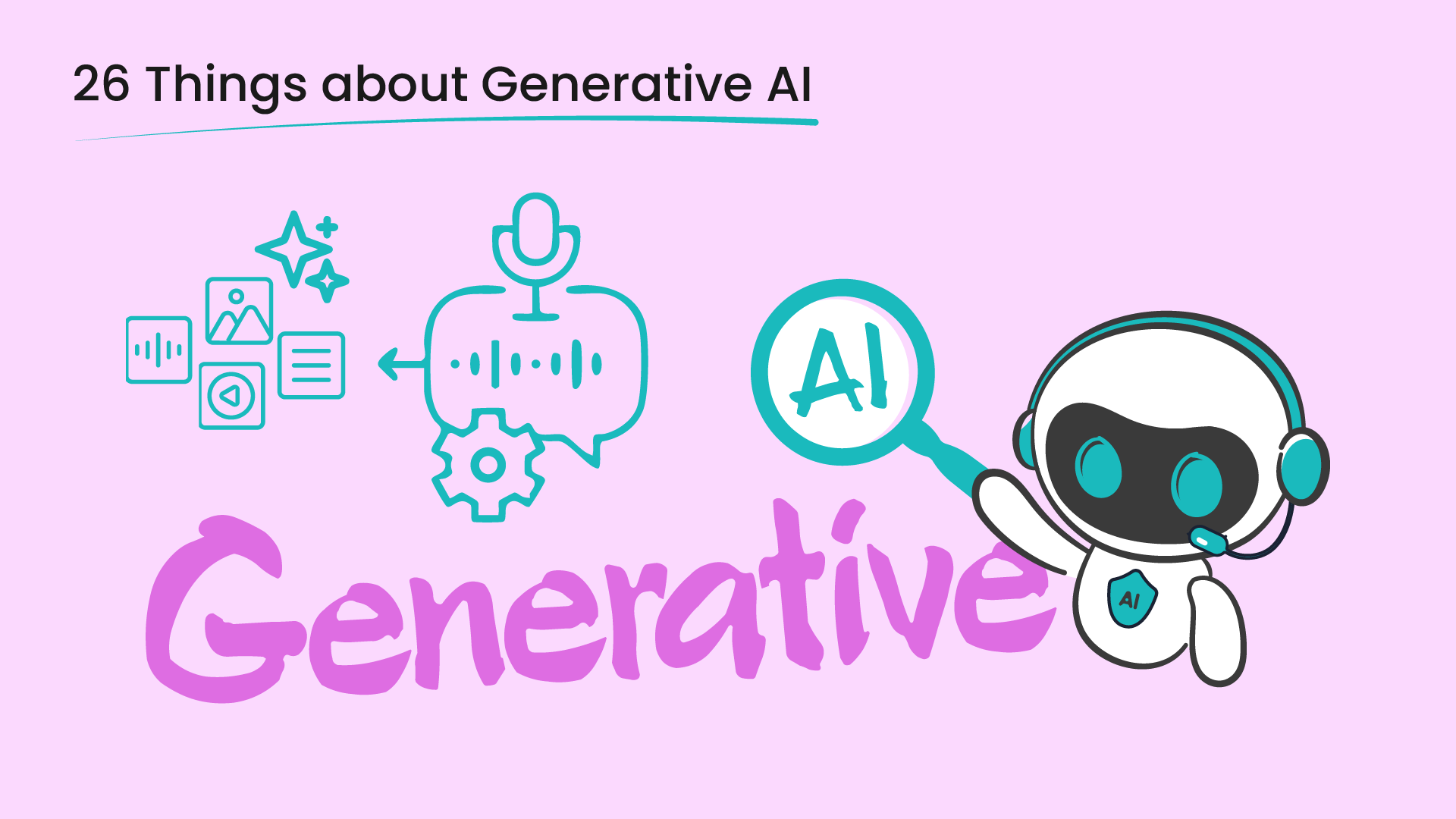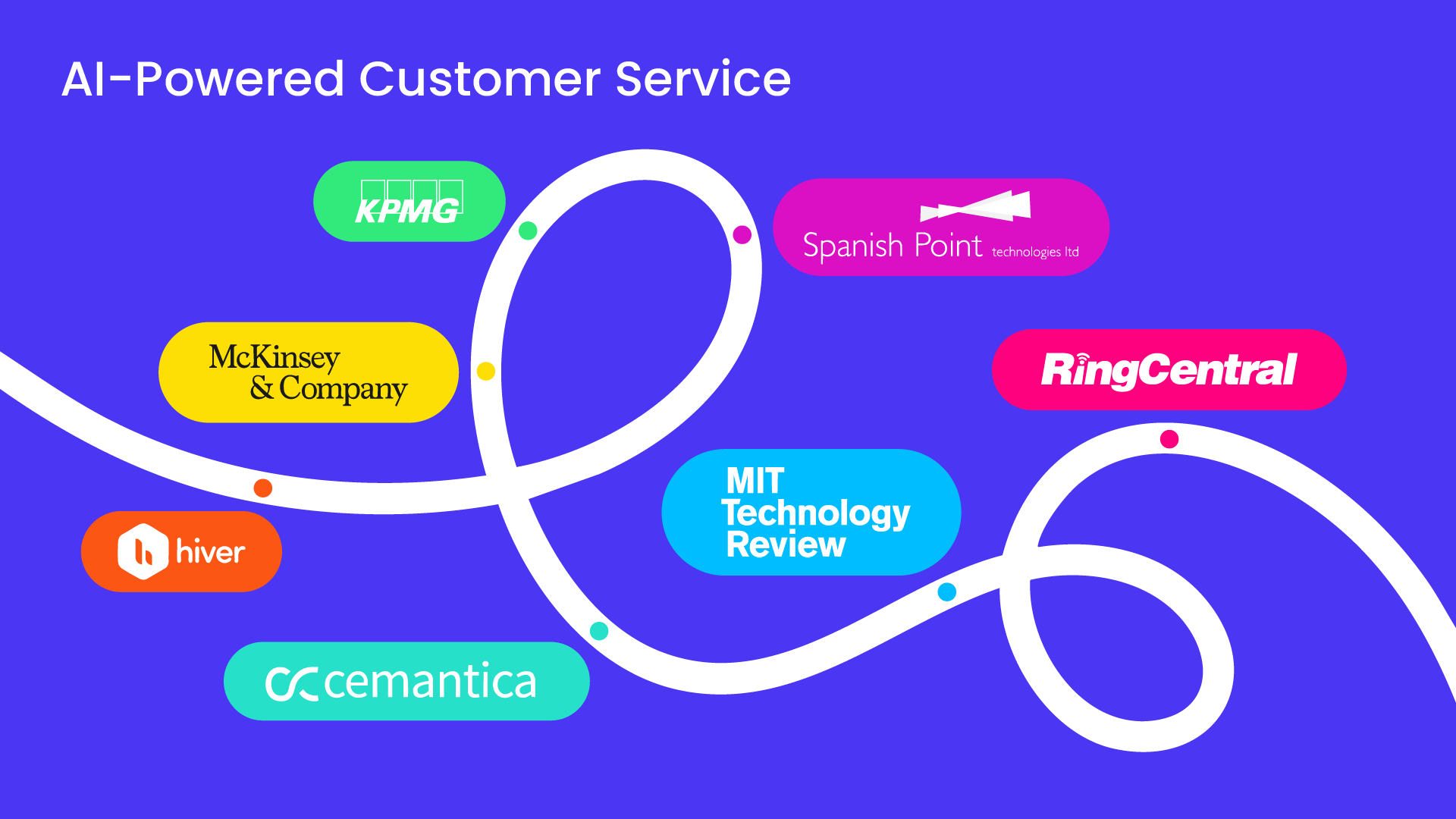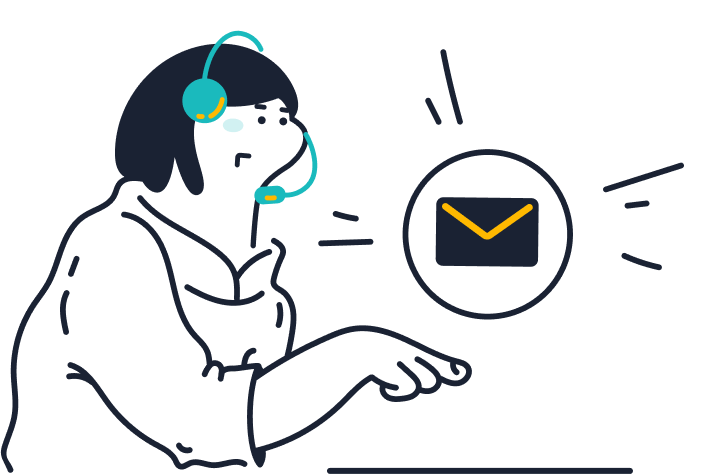In the rapidly evolving SaaS industry, customer contact is pivotal. Effective customer contact strategies can significantly enhance user experience, drive customer satisfaction, and boost retention rates. As the SaaS market grows, enterprises are continuously innovating to meet customer needs more efficiently and personally.
The purpose of this article is to explore the current trends in customer contact within the SaaS industry, examining how these trends are shaping the industry and driving innovation. By highlighting key players in the market, including Sobot, we will delve into how these enterprises leverage cutting-edge technologies and strategies to enhance their customer contact solutions.
Trend 1: AI and Automation
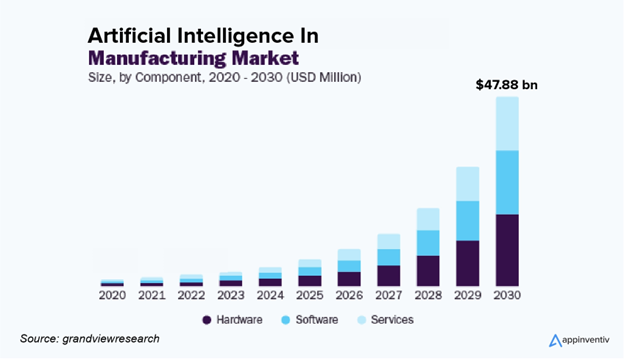
The adoption of AI and automation in customer contact is transforming how businesses interact with their customers. AI-driven tools such as chatbots and automated response systems are increasingly used to provide quick, efficient, and accurate customer support. These technologies help reduce response times and operational costs while ensuring a high level of service quality.
“AI Will Make Us More Human, Not Less”, Says Satyella Nadella, CEO of Microsoft.
AI adoption is on the rise, with significant impacts on efficiency and customer satisfaction. According to a report by Gartner, 70% of businesses have adopted AI for customer support, resulting in a 40% increase in response efficiency. Source
Examples of Enterprises Using AI: Amazon
Amazon uses AI extensively across its operations, particularly in its recommendation engine, which accounts for 35% of the company’s total sales. Source.
A study by Juniper Research estimates that chatbots will save businesses over $8 billion annually by 2022, up from $20 million in 2017. Source.
Amazon’s AI recommendation engine generates personalized suggestions for customers based on their browsing and purchase history, significantly boosting sales. Amazon’s Alexa uses AI to interact with customers, answer queries, and provide assistance with shopping, further integrating AI into the customer experience.
“It is a renaissance, it is a golden age,” Bezos said. “We are now solving problems with machine learning and artificial intelligence that were … in the realm of science fiction for the last several decades. And natural language understanding, machine vision problems, it really is an amazing renaissance.”
Recommended Provider: Freshdesk
FreshDesk offers RPA tools that automate repetitive aspects of business operations.
FreshDesk puts advanced AI-driven analytics at the service of business, yielding insights into customer behavior, predictive trends, and data-driven decisions.
These tools use natural language processing (NLP) to understand and answer customer queries, ensuring that answers are both fast and correct.
These include data entry, order processing, and inventory management–so that companies can avoid needing people for that or reduce manual errors. FreshDesk’s personalization engine uses AI to analyze customer data, providing personal recommendations and experiences.
Trend 2: Omnichannel Support
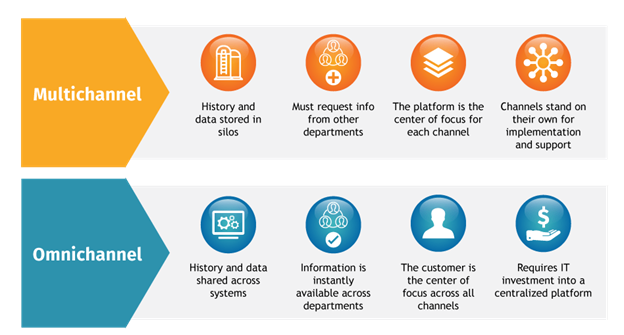
Omnichannel support refers to providing seamless and integrated customer service across multiple channels, including email, chat, social media, phone, and in-person interactions. The goal of omnichannel support is to ensure that customers have a consistent and cohesive experience, regardless of the platform they use to reach out to a company.
A study by Aberdeen Group found that companies with strong omnichannel customer engagement retain on average 89% of their customers, compared to 33% for companies with weak omnichannel strategies. Source.
Example Enterprise: Starbucks
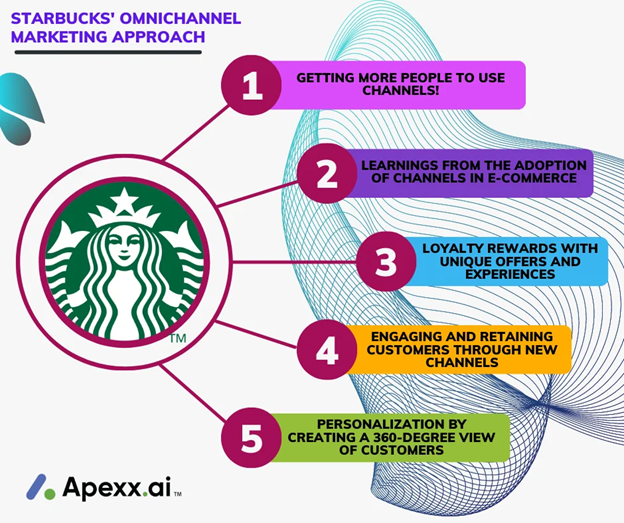
The Starbucks mobile app is a key component of their omnichannel strategy. It allows customers to order and pay ahead, find store locations, and manage their Starbucks Rewards.
In Q1 2023, the app accounted for 25% of all transactions in U.S. company-operated stores (Starbucks Q1 2023 Earnings Call).
The loyalty program is seamlessly integrated across all channels. Customers can earn and redeem rewards whether they order in-store, via the mobile app, or online. This integration drives customer loyalty and engagement. As of 2023, Starbucks Rewards had 30 million active members in the U.S., a 12% increase year-over-year. Source.
“Almost 80% of the traffic we enjoy is word of mouth. Existing users tell other people and in turn, they become our users. But it’s not only acquiring the users. It is mainly about retaining them and making them come back to you. That is what is important. If you offer a good product, people will come and stay with you.” – Sridhar Vembu, co-founder – Zoho.
Innovations like the “Siren System” for cold beverages have improved service efficiency, freeing up baristas to engage more with customers. In the first quarter of 2023, the app accounted for 25% of all transactions in U.S. company-operated stores (Starbucks Q1 2023 Earnings Call).
Moreover, Starbucks has over 36 million followers on Facebook and over 11 million followers on Twitter, where they actively respond to customer inquiries and feedback.
Recommended Provider: Sobot
For businesses seeking to enhance their integration capabilities, Sobot offers software solutions that will seamlessly connect with various CRM systems, social media platforms, and other business tools. Sobot’s integration capabilities include:
Automated Workflows: Sobot provides businesses with the means to build automated workflow processes responsible for tasks like ticket creation and management, following up on customers’ needs, and entering data. Fewer occupied workers need to attend these industry-wide solutions which not only create efficiencies within each company’s setting but also synchronize knowledge across organizational boundaries.
Social Media Integration: Sobot integrates with major social media platforms including Facebook, Twitter and LinkedIn. Through the Sobot.io platform, you can now directly engage in customer talks from these outlets!
Integrating Third-Party Applications: Sobot allows for the integration of third-party applications such as email marketing systems, e-commerce platforms, and analytics tools. Sobot.io integrates seamlessly with several major platforms, including Shopify, Amazon, and Salesforce. This allows businesses to streamline their customer service operations and improve overall efficiency.
Real-Time Data Sync: Sobot real-time data synchronization means that at any given moment a real-time update or change happening in one platform will instantly be transmitted to all the integrated systems. This not only keeps customer data up-to-date constantly but also helps people make better decisions.
Trend 3: Personalization
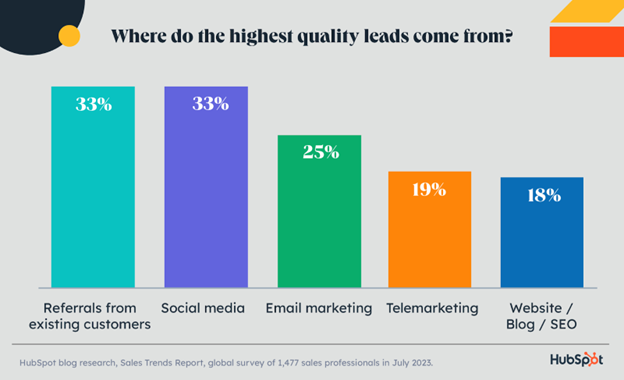
Personalization in the SaaS industry refers to tailoring user experiences and interactions based on individual user preferences, behaviors, and needs. This trend is driven by the growing demand for more relevant and engaging customer interactions, which can significantly enhance user satisfaction and loyalty.
According to a study by Epsilon, 80% of consumers are more likely to make a purchase when brands offer personalized experiences. Source
Example Enterprise: JPMorgan
JPMorgan Chase harnesses cutting-edge data analytics and AI technology to provide customized financial advice and services tailored to individual needs on a global scale. Source.
Tailored recommendations and products to meet the unique needs of each customer are based on analysis of transaction data, spending patterns, and financial objectives of the customer concerned.
Investment opportunities, savings programs, and spending sage advice generated from AI-equipped JPMorgan Chase solutions are all based on individual customer profiles.
The bank designs and sells finance products tied to the unique demands of different customer segments. This can include credit card products tied to individual needs, loan items customized for different people as well as investment strategies.
According to a source cited by Forbes, 91% of consumers are more likely to make purchases at brands that give them special deals and recommend products. Source.
Customers can receive notifications and alerts growing out of their particular financial activities. For example, customers may get spending alerts or remain informed with personalized savings tips. They will also receive investment updates thanks to the kinds of services that few other banks can offer.
Recommended Provider: HubSpot
HubSpot has all the tools and features for businesses to implement effective personalization strategies. For organizations seeking better personal service and greater involvement with their customers, a full range of clinical kits offering this specialized care is available. With features like personalization and dynamic content, HubSpot allows businesses to cultivate powers for their customers at their convenience.
Customer service should not be a department. It should be the entire company.” says Tony Hsieh, CEO of Zappos
HubSpot provides tools to create dynamic content that shifts in real time based on user attributes — such as location, device type, and even past interactions.
HubSpot’s e-mail marketing tools enable businesses to personalize their messages in highly targeted ways. These emails can contain custom subject lines, and content– product suggestions based on user behavior set by products they have viewed.
According to HubSpot, personalized emails can improve click-through rates by 14% and conversion rates by 10%. Source.
Trend 4: Integration Capabilities in SaaS
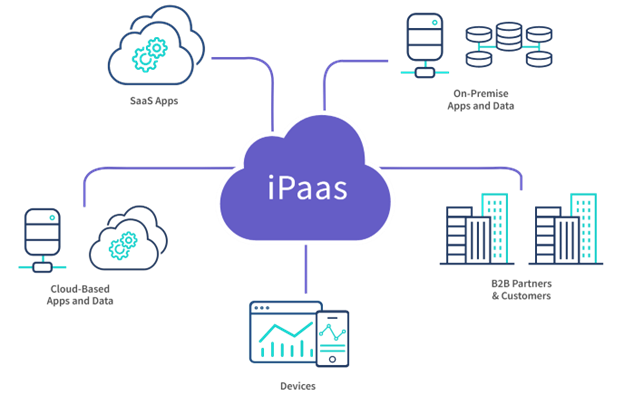
Integration capabilities in SaaS refer to the ability of a software application to seamlessly connect and work with other software systems. This trend is crucial for creating a cohesive tech ecosystem, enabling businesses to improve efficiency, streamline workflows, and enhance overall user experience.
According to a report by MuleSoft, 89% of IT leaders say that data silos are affecting their organization’s digital transformation initiatives. Source.
The same report indicates that organizations that integrate multiple data sources see an average revenue increase of 5-10%.
Gartner predicts that by 2023, 75% of all databases will be deployed or migrated to a cloud platform, emphasizing the need for robust integration capabilities. Source.
Example Enterprise: Zapier
Zapier enables users to connect and automate workflows between over 2,000 apps, making it significantly easier for businesses to integrate various SaaS tools into their operations.
This extensive range of integrations includes popular applications like Google Sheets, Slack, and Mailchimp, which allows for a seamless flow of information and tasks across platforms. One of the standout features of Zapier is its ability to create automated workflows, known as “Zaps,” which perform tasks across different applications without the need for manual intervention.
As Wade Foster, CEO of Zapier, aptly puts it, “Integrating various tools and platforms is essential for creating a cohesive tech ecosystem. This not only improves efficiency but also ensures that we can provide a seamless experience for our users”
Recommended Provider: Sobot
For businesses looking to enhance their integration capabilities, Sobot provides robust solutions that allow for seamless integration with various CRM systems, social media platforms, and other business tools. Sobot’s platform ensures consistent customer data across all platforms, enabling support teams to provide more personalized and efficient service. With Sobot’s real-time data synchronization, any updates or changes made in one platform are instantly reflected across all integrated systems. This ensures that customer data is always up-to-date, reducing the risk of errors and improving decision-making. Changes in customer information, support tickets, and interactions are immediately synchronized across all integrated platforms. Ensures that all teams have access to the most current and accurate customer data, enhancing the quality of support provided.
Wrap up
The SaaS industry is undergoing a significant transformation driven by key trends such as AI and automation, omnichannel support, and personalization. These trends are reshaping customer contact, enhancing efficiency, and improving customer satisfaction.
The future of customer contact in the SaaS industry looks promising, with continuous advancements in AI, automation, and data analytics. As these trends continue to evolve, companies that stay ahead of the curve, like Sobot.io, will lead the way in customer satisfaction and loyalty.
Businesses that embrace these trends will not only enhance their operational efficiency but also build stronger, more loyal customer relationships, securing their position in the competitive SaaS market.
